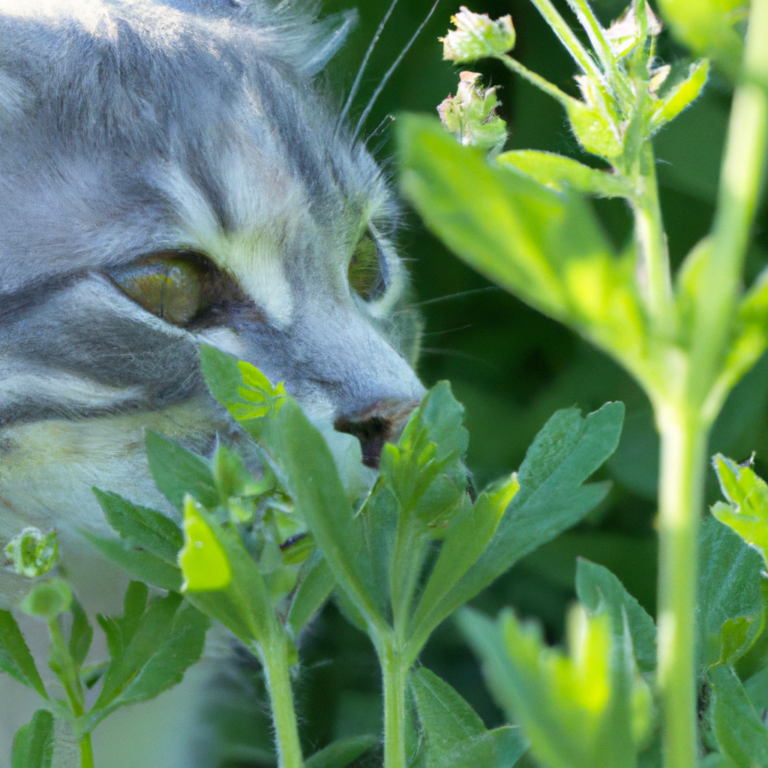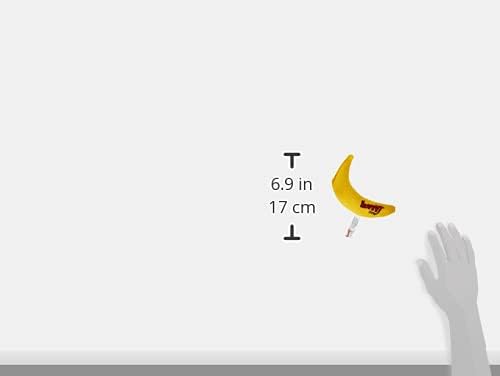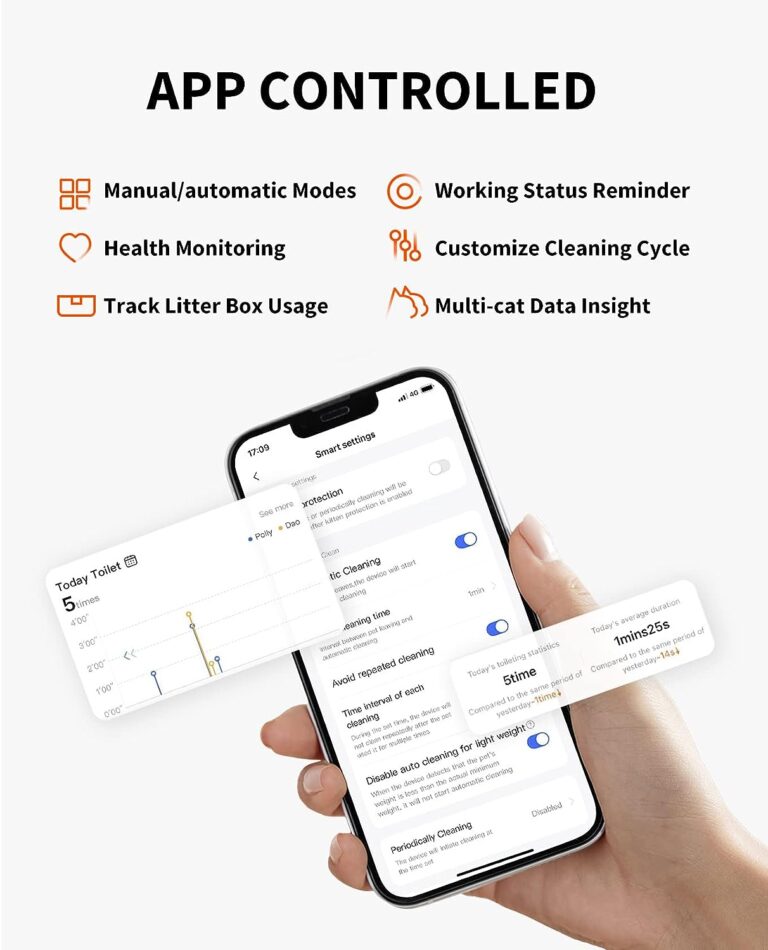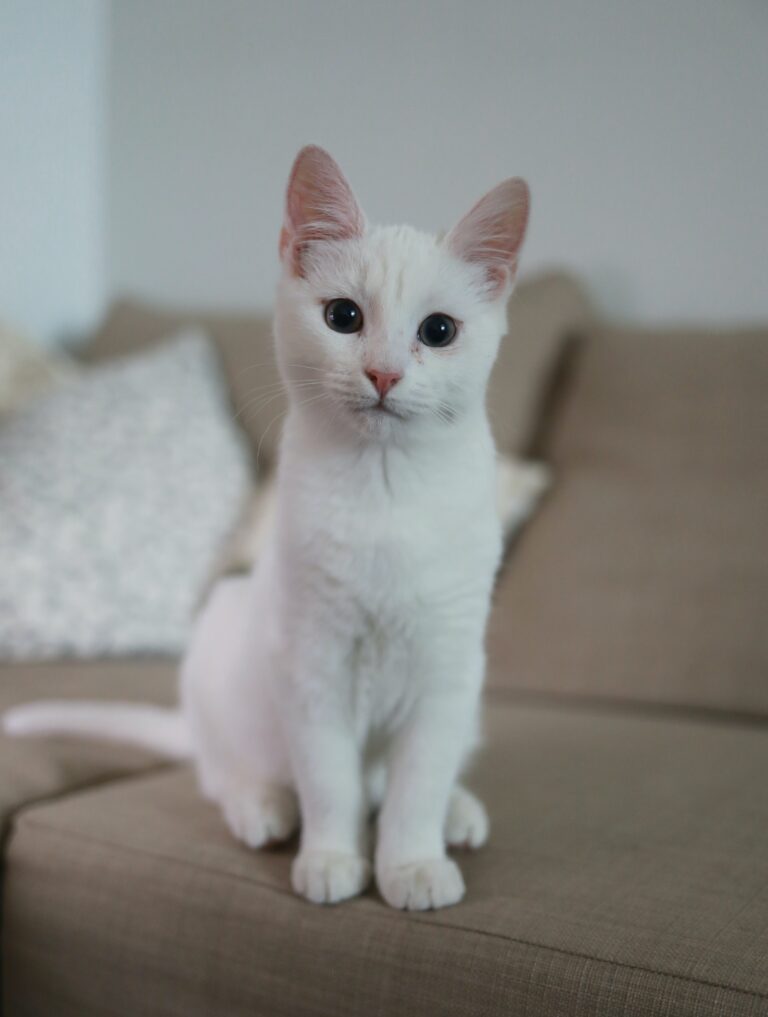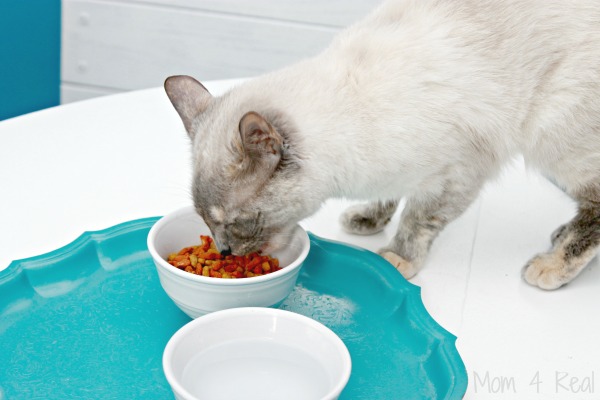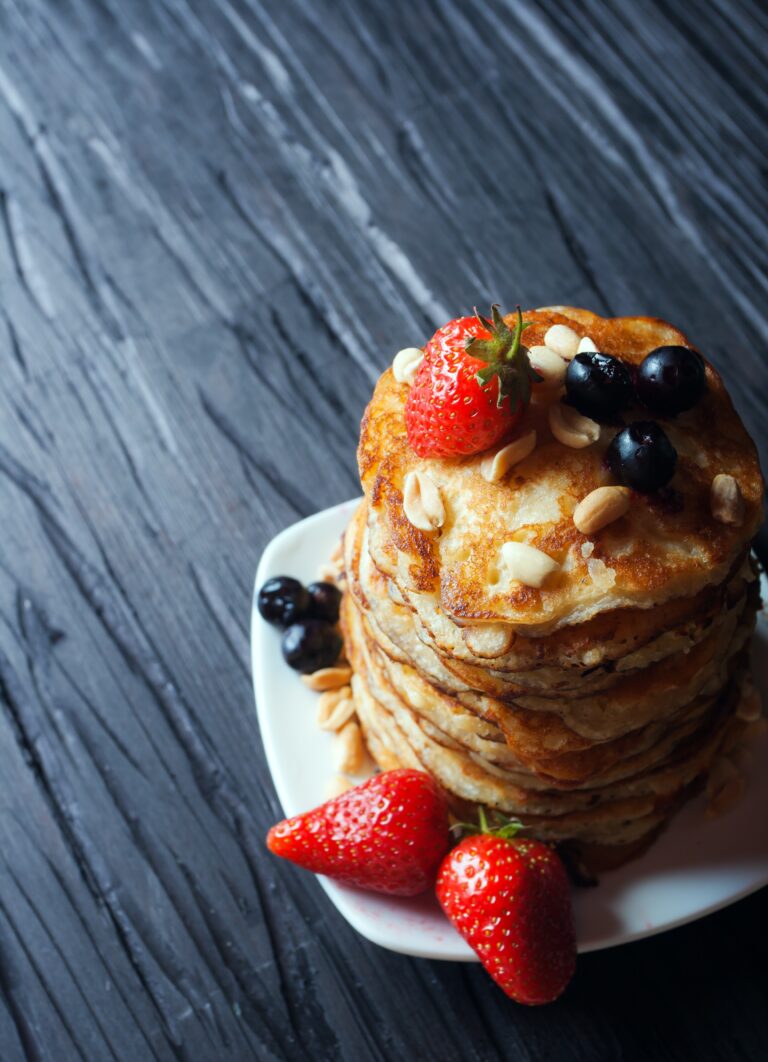How To Keep Dog From Eating Cat Food
If you’ve ever had a dog who seems to have a particular affinity for cat food, you’ll understand the daily challenge that awaits you – trying to keep them away from the alluring taste of those feline delicacies. Whether it’s your cat’s bowl or the seemingly irresistible scent coming from your neighbor’s house, your dog’s determination to sneak a bite can be a source of frustration. But fear not! We’ve got you covered with some effective strategies that will help you keep your dog from devouring cat food, saving your cat’s favorite meal and maintaining a harmonious household. So, read on to discover the tricks to keeping your dog’s paws away from the tasty temptations of cat food.

Understanding the Issue
Difference between Dog and Cat Food
Dogs and cats have different dietary needs, as their bodies require different nutrients to maintain optimal health. Dog food and cat food formulas are specifically designed to meet the nutritional requirements of each species. While both types of food may contain proteins, fats, and carbohydrates, the proportions and types of ingredients vary significantly. Dog food tends to have a higher content of carbohydrates and fiber, while cat food is higher in proteins and fats.
Health Risks for Dogs Eating Cat Food
Although an occasional nibble of cat food might not harm your dog, regularly consuming cat food can lead to various health issues. Cat food is higher in protein than dog food, and excessive intake of proteins can strain a dog’s kidneys and liver. Additionally, cat food often contains higher levels of fat, which can contribute to obesity and digestive issues in dogs. The different nutritional composition of cat food might also lead to nutrient imbalances in dogs, potentially causing deficiencies or excessive levels of certain nutrients.
Separating the Feeding Areas
Creating a Separate Feeding Space for the Cat
One effective way to prevent your dog from eating cat food is to designate separate feeding areas for each pet. Cats are generally more comfortable eating in quieter, secluded spaces away from the hustle and bustle of a household. Set up a designated area for your feline companion, preferably in a room that your dog cannot access. This will provide your cat with a stress-free eating environment and make it easier to manage their feeding routine.
Using Baby Gates or Pet Barriers
Another option to physically separate your dog from the cat’s food area is to use baby gates or pet barriers. These barriers can be installed to create a dog-free zone around the cat’s feeding space, preventing your dog from reaching the cat’s food. Make sure to choose sturdy barriers that your dog cannot knock over or jump over. This method allows your cat to eat undisturbed while keeping your dog at a safe distance from the enticing aroma of cat food.
Feeding the Cat on Elevated Surfaces
Some cats feel more secure eating at elevated surfaces, away from potential threats or disruptions. Consider providing your cat with an elevated feeding station, such as a cat tree or a raised platform. This not only creates a physical barrier between your dog and the cat’s food but can also give your cat a sense of security while eating. Additionally, elevated feeding stations can promote better digestion for cats by reducing the likelihood of regurgitation or vomiting after meals.
Managing Feeding Schedules
Establishing Regular Meal Times for the Cat
Establishing a consistent feeding schedule for your cat can help prevent your dog from getting to their food. Cats thrive on routine, and regular meal times can help regulate their appetite and prevent overeating. Divide your cat’s daily food into two or three meals and feed them at specific times throughout the day. By setting a schedule, you can ensure that your cat finishes their meals before your dog has a chance to reach the cat’s food.
Monitoring the Cat’s Eating Habits
Keeping an eye on your cat’s eating habits can also be helpful in managing your dog’s access to their food. If your cat tends to graze throughout the day and leaves food uneaten, your dog may take advantage of the opportunity to sneak in and enjoy the leftovers. Take note of your cat’s eating behavior and remove any uneaten food after a reasonable amount of time. This will not only discourage your dog from indulging but also prevent the cat food from becoming a breeding ground for bacteria.
Removing Uneaten Cat Food
To minimize the chances of your dog eating cat food left out, be diligent about removing any uneaten food promptly. While it may be tempting to leave uneaten food out for your cat to finish later, this can lead to a temptation for your dog. If your cat hasn’t finished their meal within 15-20 minutes, remove the remaining food and store it in a secure location until the next feeding time. By promptly removing uneaten food, you eliminate the opportunity for your dog to access it and reinforce the importance of sticking to designated feeding times.
Training Your Dog
Teaching and Reinforcing the ‘Leave It’ Command
One of the most effective ways to prevent your dog from eating cat food is through training. Teach your dog a reliable “leave it” command and reinforce it consistently. Start by placing a treat in your closed hand and say “leave it.” When your dog stops trying to get the treat, reward them with a different treat or praise. Practice this command with increasing difficulty, eventually using the cat’s food as the forbidden item. With consistent training and positive reinforcement, your dog will learn to respect the boundaries around the cat’s food.
Using Positive Reinforcement to Discourage Dog from Approaching Cat’s Food
Positive reinforcement can play a crucial role in discouraging your dog from approaching the cat’s food. Whenever your dog chooses to ignore the cat’s food and focuses on you or another acceptable behavior, reward them with treats, praise, or playtime. This positive association will help your dog understand that leaving the cat’s food alone leads to rewards, making it less appealing to try and access it. Consistency and patience are key in shaping your dog’s behavior and strengthening their impulse control.
Combining Training with Interactive Toys or Puzzle Feeders for Dogs
To redirect your dog’s attention away from the cat’s food, incorporate interactive toys or puzzle feeders into their routine. These toys are designed to mentally stimulate dogs, encouraging them to focus on solving the puzzle rather than stealing food. By providing activities that keep your dog engaged and entertained, you can help channel their energy away from the temptation of cat food. Experiment with different toys and treat-dispensing puzzles to find the ones that captivate your dog’s interest the most.

Changing the Cat Food
Selecting Cat Food with Strong Odors or Tastes
If your dog is especially enticed by the aroma or taste of cat food, consider switching to a cat food formula with a strong odor or taste. Cats have a more discerning sense of smell and taste compared to dogs, and choosing a highly aromatic or flavorful cat food can make it less appealing to your dog. Consult with your veterinarian to ensure the new cat food still meets your cat’s nutritional needs while dissuading your dog from attempting to eat it.
Feeding the Cat a Different Type or Texture of Food
Dogs often show a preference for wet or moist cat food due to its meaty texture and enhanced flavor. Switching your cat to a dry kibble formulation can reduce the attractiveness of their food to your dog. Kibble tends to have a different texture and smell compared to wet cat food, making it less appealing to canines. However, always prioritize your cat’s dietary requirements and consult with your veterinarian before making any significant changes to their diet.
Consulting with a Veterinarian for Specialized Cat Food
If your dog consistently ignores training and other deterrents, your veterinarian may recommend a specialized cat food formula that is unappealing to dogs. These formulas are designed to have specific additives or ingredients that can make the food less desirable to dogs while still meeting your cat’s nutritional needs. Your veterinarian can guide you in choosing the most appropriate specialized cat food for your pet’s situation.
Providing Adequate Exercise
Engaging in Regular Physical Activities with the Dog
A well-exercised dog is less likely to exhibit undesirable behaviors, such as raiding the cat’s food bowl. Regular physical activity helps burn off excess energy, reduce boredom, and promote overall well-being in dogs. Make it a priority to engage in daily exercise sessions with your dog, tailored to their breed, age, and energy level. Whether it’s a brisk walk, jogging, playing fetch, or visiting a dog park, providing adequate exercise will help keep your dog content and less focused on seeking out forbidden treats.
Using Puzzle Toys or Treat Dispensers for Mental Stimulation
In addition to physical exercise, mental stimulation is crucial for preventing your dog from eating cat food out of boredom. Puzzle toys or treat dispensers are excellent tools to keep your dog mentally engaged. These toys are designed to challenge your dog’s problem-solving skills and reward them with treats when they successfully solve the puzzle. By offering mental stimulation, you can redirect your dog’s attention and energy, making them less likely to be fixated on cat food.
Consider Hiring a Dog Walker or Using Doggy Daycare Services
If your schedule makes it challenging to provide your dog with sufficient exercise, consider hiring a dog walker or enrolling your dog in doggy daycare services. A professional dog walker can take your dog for regular walks, providing them with the exercise they need while alleviating your concerns about your dog accessing the cat’s food. Doggy daycare services offer supervised playtime, socialization, and activities that can tire out your dog, reducing their desire to indulge in cat food when at home.

Using Deterrents
Using Scent Deterrents or Repellents near the Cat’s Feeding Area
Strong scents that are unappealing to dogs can be used as deterrents near the cat’s feeding area. Dogs have a highly developed sense of smell, and certain scents can discourage them from approaching the cat’s food. Citrus-scented products, vinegar, or commercial deterrent sprays specifically designed for this purpose can be applied around the feeding area to create a barrier that repels dogs. Regularly reapply these deterrents to maintain their effectiveness.
Placing Cat Food in a Dog-Proof Container
Investing in a dog-proof container for storing cat food can prevent your dog from accessing it outside of meal times. Look for containers with airtight seals and sturdy locks that can withstand your dog’s attempts to open them. These containers are designed to keep the enticing aromas of cat food contained and inaccessible to dogs. Store the container in a secure location away from your dog’s reach or in a closed cabinet.
Exploring Automatic Feeder Options
Automatic feeders can be an effective solution to manage your cat’s feeding schedule while keeping the food out of your dog’s reach. These devices are programmed to dispense a predetermined amount of food at specific times, ensuring that your cat receives their meals without allowing your dog access. When choosing an automatic feeder, look for features such as portion control, secure closures, and compatibility with your cat’s specific dietary needs.
Seeking Professional Help
Consulting with a Veterinarian or Animal Behaviorist
If your dog’s persistent attempts to eat cat food are causing significant disruptions or placing their health at risk, seeking professional help is crucial. Consult with your veterinarian or an animal behaviorist who specializes in canine behavior. They can assess the specific dynamics between your dog and cat, provide personalized advice, and recommend further strategies to curb your dog’s behavior effectively.
Discussing Potential Solutions or Medications
In some cases, behavioral issues may require additional support, such as medications or alternative solutions. Your veterinarian or animal behaviorist can discuss potential options that might be suitable for your dog’s individual circumstances. Medications may help reduce anxiety or obsessive behaviors, making it easier to manage your dog’s behavior around the cat’s food. However, medication should always be a last resort and used under professional guidance.
Considering Training Programs or Classes
Enrolling your dog in training programs or classes can provide structured guidance and support in addressing their behavior around cat food. Professional trainers can help you reinforce basic obedience commands and implement specific strategies to prevent your dog from eating cat food. These programs often offer a controlled environment with experienced trainers who can address individual behavioral issues and provide tailored solutions for your dog.
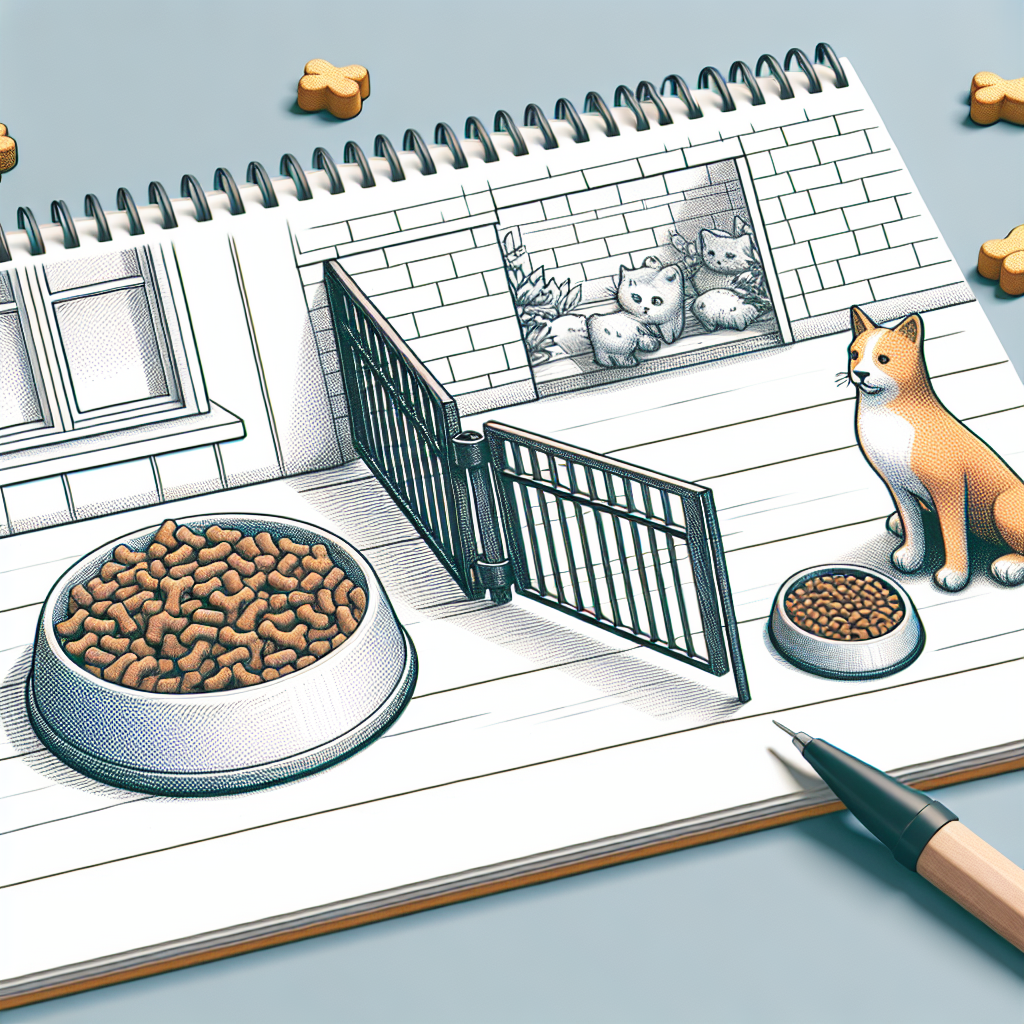
Supervising Meal Times
Closely Monitoring the Cat and Dog during Feeding
Supervision plays a crucial role in preventing your dog from eating cat food. During meal times, closely monitor your pets’ behavior and intervene if necessary. Keep an eye on your dog’s body language, such as signs of food aggression or attempts to approach the cat’s food. If your dog shows any signs of attempting to eat the cat’s food, intervene immediately and redirect their attention elsewhere. Offering treats or engaging your dog in a separate activity can help redirect their focus away from the cat’s food.
Removing Cat Food after Meals
To eliminate any temptation, remove the cat’s food immediately after they have finished eating. Leaving cat food out between meals increases the risk of your dog sneaking in for a snack. By promptly removing the cat’s food, you reinforce the boundaries and make it clear that the food is only available during designated meal times. Store the food in a secure location to prevent your dog from accessing it outside of meal times.
Using Visual or Auditory Cues to Distract the Dog
If you notice your dog becoming fixated on the cat’s feeding area, using visual or auditory cues can help distract their attention. For example, try using a handheld clicker or a whistle to make a noise that your dog associates with positive rewards or playtime. Alternatively, show your dog a favorite toy or engage them in an activity that they enjoy. By redirecting their focus elsewhere, you can prevent your dog from focusing on the cat’s food and promote a more harmonious feeding environment.
Creating a Safe Environment
Keeping doors closed or using pet gates
A simple yet effective method to prevent your dog from accessing the cat’s feeding area is to keep doors closed or use pet gates to create physical barriers. By closing doors to rooms where cat food is kept or using pet gates to restrict your dog’s access, you can effectively separate the two animals during meal times. Ensure that the doors or gates are securely closed and create a barrier that is too high or strong for your dog to breach.
Storing Cat Food in Secure Locations
To prevent your dog from getting their paws on the cat’s food, store it in secure locations that are inaccessible to your dog. High shelves, closed cabinets, or dedicated storage areas can effectively keep the cat food out of reach. Make sure the containers are tightly sealed to prevent any scent from escaping and attracting your dog’s attention. By storing cat food securely, you reduce the chances of your dog being tempted to get a taste of it.
Avoiding Free Feeding for the Cat
Free feeding, where food is left out continuously for the cat to eat at their leisure, can contribute to your dog’s efforts to access the cat’s food. Instead, opt for scheduled meal times for your cat. This ensures that the cat’s food is only available for a limited period, reducing the opportunity for your dog to steal it. Consult with your veterinarian to determine the appropriate portion sizes and feeding frequency for your cat’s specific nutritional needs.
In conclusion, preventing your dog from eating cat food requires a combination of strategies, consistent training, and creating a safe environment. By understanding the differences between dog and cat food, separating feeding areas, managing feeding schedules, training your dog, changing the cat food, providing adequate exercise, using deterrents, seeking professional help when needed, supervising meal times, and creating a safe environment, you can successfully minimize your dog’s access to cat food and promote harmony between your pets. Remember, patience, consistency, and positive reinforcement are key to achieving the desired results.


